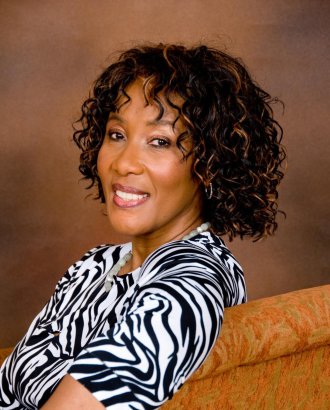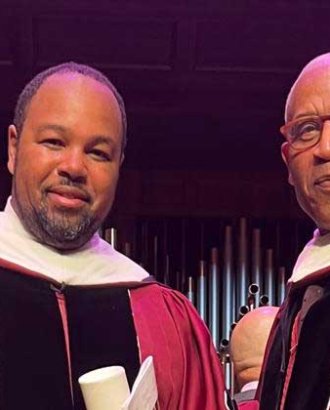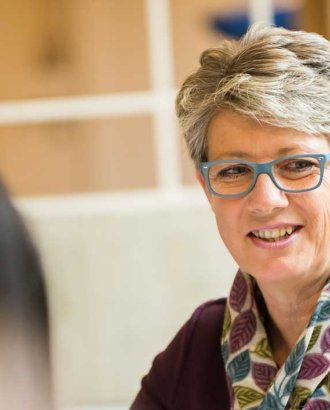Dr Elsa Lee spent 10 years as a secondary school science teacher in the UK and Mexico. But, having originally been drawn to science herself because of her passion for the environment, she became frustrated by the lack of opportunity to explore sustainability within the curriculum.
“Science and Geography in England (and elsewhere) do cover climate change and other environmental matters, but it’s very disjointed,” she says now. “There’s not much recognition of the importance of the social aspects of environmental degradation: the way that the problems we are encountering are intersectional and largely an outcome of our social and economic activity is somehow lost in the emphasis on the science of it all.”
After undertaking a Masters in Environmental Education, and a PhD exploring how young people learn to become active citizens through working on environmental problems, both at the University of Bath, Elsa joined the Faculty of Education as a Research Associate, becoming a Bye-Fellow at Homerton. She now leads a multi-stranded, inter-disciplinary academic career, focused on environmental sustainability education.
Recently, this has included acting as Principal Investigator of an ESRC funded study called Connecting Water to Global Citizenship via Education for Sustainable Development, a project working with young people to regenerate waterways in England and South Africa, and explore how this kind of activity supports young people’s sense of being part of a global community.
Elsa also works as a part-time Research Fellow at Anglia Ruskin University, where she has investigated how children and artists working together in natural outdoor spaces can influence wellbeing. She recently sat on the advisory board for the development of the Natural History GCSE. However, despite her concern that climate change and sustainability should be interwoven into the curriculum, she is resistant to suggestions that children themselves hold the solution to the environmental crisis.
“So many people turn to schools to solve social problems, in the hopes that the next generation will come to the rescue. But these problems have to be solved now, by adults. Children deserve an education that enables them, when they’re ready, to contribute. But eco-anxiety can be overwhelming, even for adults, so we need to be extremely cautious about burdening children with knowledge about problems they have very little power to effect change over.”
In higher education, however, Elsa believes that more can be done to integrate the principles of environmental sustainability education across all disciplines. She is currently working on plans for a training module for Homerton academics, to support them in applying these approaches in their own subjects, and hopes to launch a pilot programme next year.
As COP26 draws closer, Elsa acknowledges that “lots of people who’ve been working in this field feel a bit cynical about these high level intergovernmental processes.” However, her hope is that, regardless of what is agreed at the conference itself, it will provide the impetus for action at the grass roots level by amplifying the conversation around climate.
“Over the past five decades these conferences have been the source of very significant policy developments and intergovernmental cooperation and collaboration. Alongside that they provide focus and energy for a lot of things to happen around them. We need to harness as much of that energy as we can to contribute to the intensifying efforts that are being made at local, national and international levels, to effect positive change in this area, and to give children a sense that we are all working together on these issues that are of immense importance to us all.”




